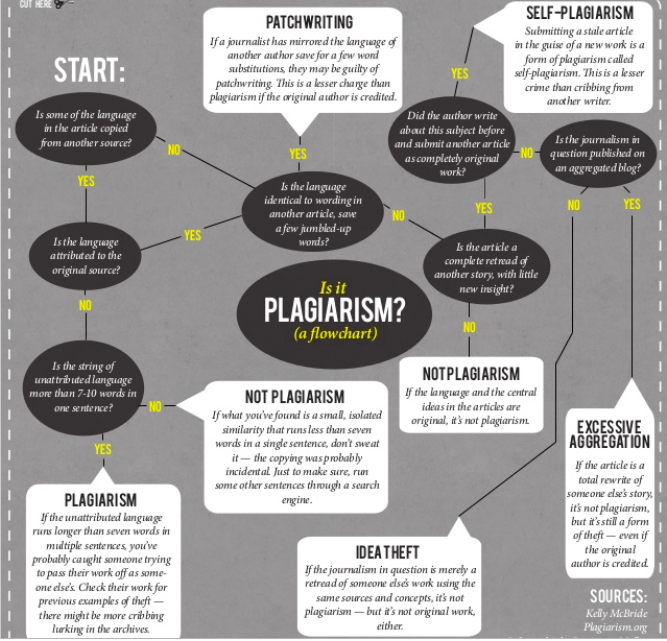Decide on your Citation/Referencing Style
DEFINITIONS: BIBLIOGRAPHIES, CITATIONS and REFERENCING.
Works Cited
In Works Cited and References, you only list items you have actually referred to and cited in your paper.
Citations
A citation is a shorthand method of making a reference in the body of an essay, either as an in-text citation (MLA)or footnote/endnote (apa). This must then be linked to the full reference at the end of the essay in the works cited or bibliography. A citation provides the reader with accurate references so that he or she can locate the source easily. How sources are cited varies with the particular referencing style that has been chosen. It is important to emphasize that there must be consistency of method when citing sources.
Referencing
A reference is a way of indicating to the reader, in an orderly form, where information has been obtained. A reference provides all the information needed to find the source material. References must be cited because:
They acknowledge the sources used.
They enable the reader to consult the work and verify the data that has been presented.
References must be given whenever someone else’s work is quoted or summarized.
References can come from many different sources, including books, magazines, journals, newspapers, emails, internet sites and interviews.
There are a number of different styles available for use when writing research papers; whatever style is chosen, it must be applied consistently and in line with the IB’s minimum requirements.
The style should be applied in both the final draft of the essay and in the initial research stages of taking notes.
This is good practice, not only for producing a high-quality final product, but also for reducing the opportunities and temptation to plagiarize.
The IB’s minimum requirements include:
For more detailed information on styles for citations and referencing please refer to:
Effective Citing and Referencing
Explains why citations are needed, what needs to be cited, when citations are necessary, and how to cite, and also provides a list of citation definitions, a documentation checklist, and a chart showing the elements to be included in a reference.
Works Cited
In Works Cited and References, you only list items you have actually referred to and cited in your paper.
Citations
A citation is a shorthand method of making a reference in the body of an essay, either as an in-text citation (MLA)or footnote/endnote (apa). This must then be linked to the full reference at the end of the essay in the works cited or bibliography. A citation provides the reader with accurate references so that he or she can locate the source easily. How sources are cited varies with the particular referencing style that has been chosen. It is important to emphasize that there must be consistency of method when citing sources.
Referencing
A reference is a way of indicating to the reader, in an orderly form, where information has been obtained. A reference provides all the information needed to find the source material. References must be cited because:
They acknowledge the sources used.
They enable the reader to consult the work and verify the data that has been presented.
References must be given whenever someone else’s work is quoted or summarized.
References can come from many different sources, including books, magazines, journals, newspapers, emails, internet sites and interviews.
There are a number of different styles available for use when writing research papers; whatever style is chosen, it must be applied consistently and in line with the IB’s minimum requirements.
The style should be applied in both the final draft of the essay and in the initial research stages of taking notes.
This is good practice, not only for producing a high-quality final product, but also for reducing the opportunities and temptation to plagiarize.
The IB’s minimum requirements include:
- name of author
- date of publication
- title of source
- page numbers (print sources only)
- date of access (electronic sources only)
- URL.
For more detailed information on styles for citations and referencing please refer to:
Effective Citing and Referencing
Explains why citations are needed, what needs to be cited, when citations are necessary, and how to cite, and also provides a list of citation definitions, a documentation checklist, and a chart showing the elements to be included in a reference.

